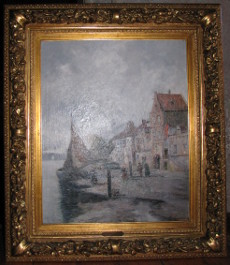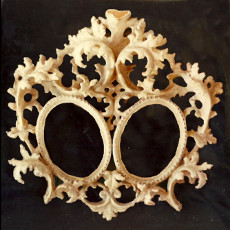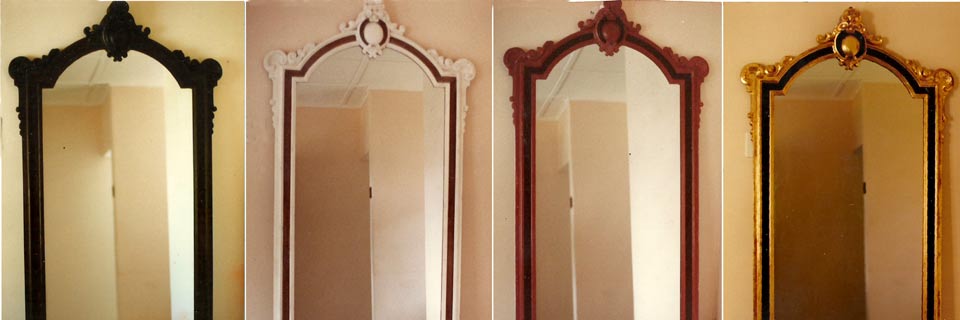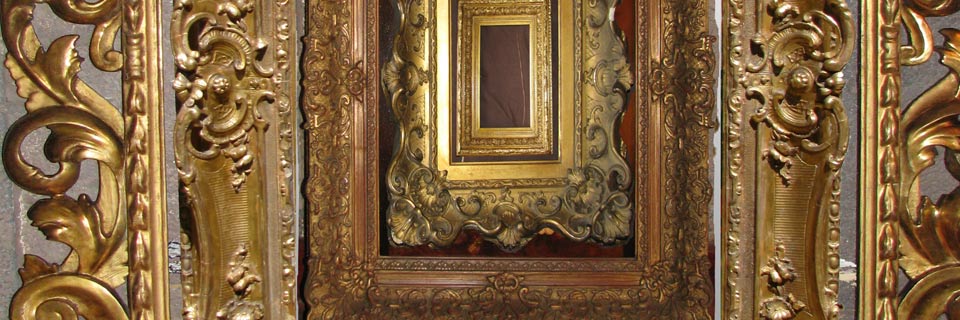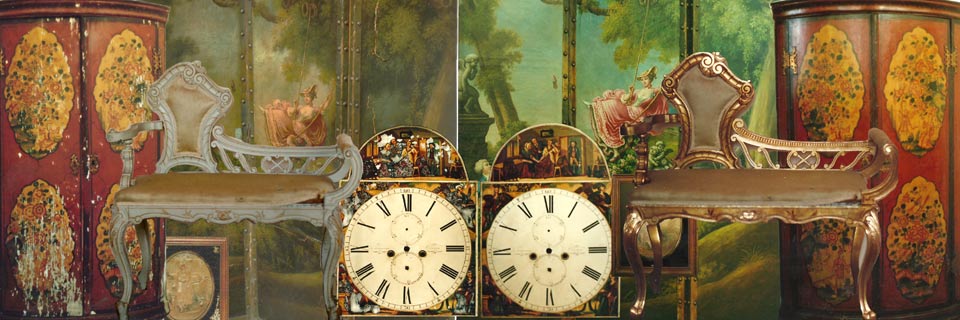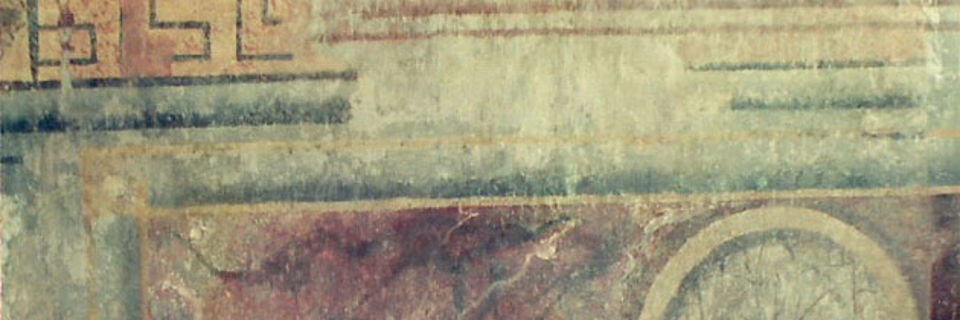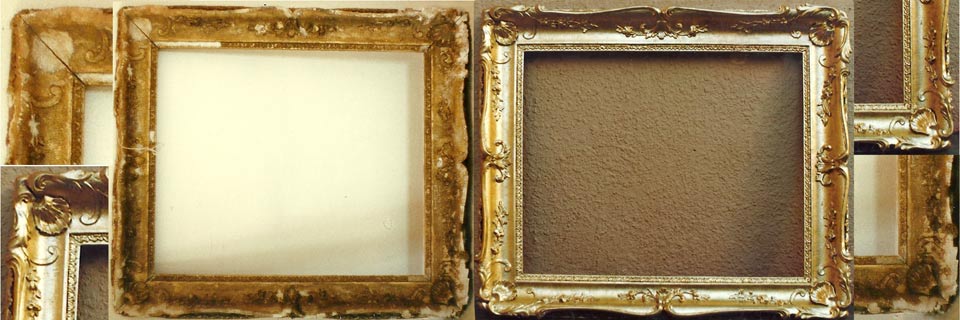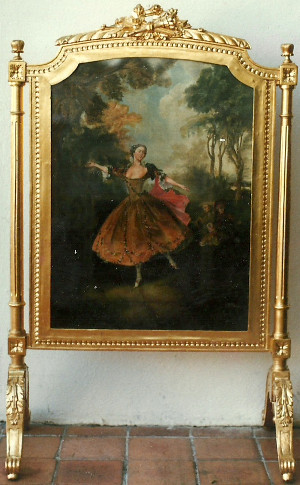 The art of gilding has existed for thousands of years. The first reference to the skill is found in Herodotus, where he mentions the Egyptians who applied thin sheets of gold onto wood and metal. Ancient Romans used gold leafing on the ceilings of their temples and palaces, the traces of which may still be seen.
The art of gilding has existed for thousands of years. The first reference to the skill is found in Herodotus, where he mentions the Egyptians who applied thin sheets of gold onto wood and metal. Ancient Romans used gold leafing on the ceilings of their temples and palaces, the traces of which may still be seen.
There are two methods of gilding using genuine gold leaf, water-gilding and oil-gilding.
Water-gilding is a painstaking process which involves the application of many layers of gesso and extra-fine clay (bole) based on rabbit skin glue. This is followed by the gold leaf, using only distilled water. Then by burnishing the gilded surface with agate stone, a brilliant antique glow can be achieved that cannot be done by any other means.
Oil-gilding is applied on different gold-sizes and cannot be burnished afterwards so the surface remains quite matt.
Of course, there are many different gold paints, gold powders and artificial gold leaf products. However, because they all consist of brass and copper particles, oxidisation takes place and pretty soon the brilliantly gilded shiny surface turns into dull greenish-brown mess. This is why Anastasia Alexander Art Restoration always recommends the use of genuine gold leaf, even if it means only highlights or only partial gilding of the object.
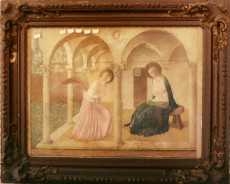
"Annunciation"
